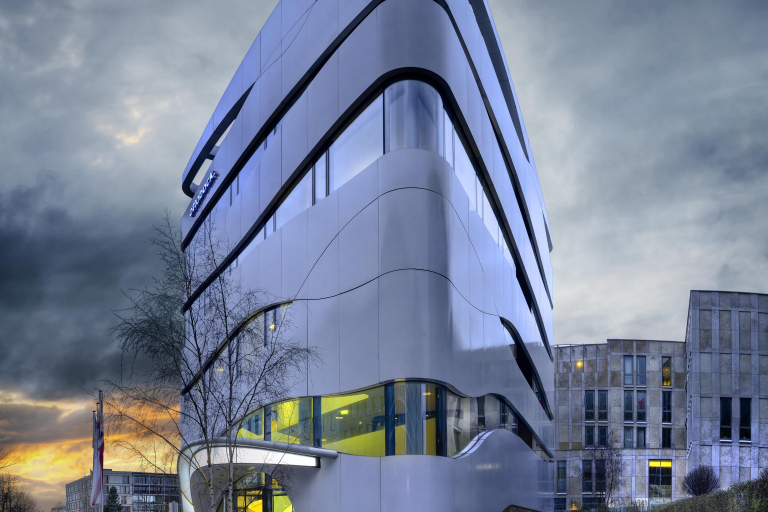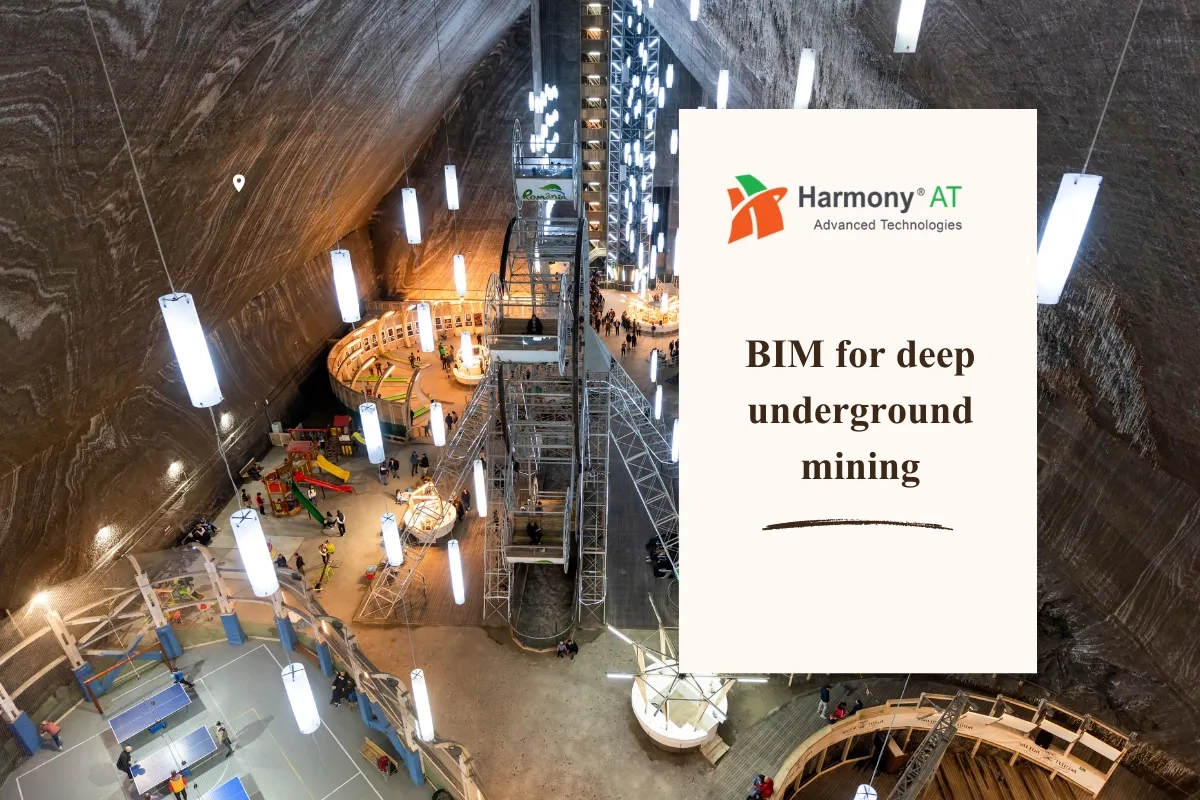In the dynamic world of hotel construction, staying ahead of the curve is essential for success. Introducing a groundbreaking approach, BIM hotel 3D model stands poised to revolutionize the way hotels are designed, built, and managed. This blog post embarks on an exploration of the transformative power of hotel 3D BIM modeling, illuminating its myriad benefits for hotel general constructors and project managers alike.
The Challenges of Hotel Construction Projects
Building a hotel is more than bricks and mortar; it's crafting an experience. However, this journey from vision to reality is often fraught with complexities and challenges unique to the hospitality industry. Let's delve into obstacles faced by hotel construction projects:
Tight Timelines and Budgetary Constraints
Hotels operate in a competitive landscape, demanding speedy construction to capitalize on market trends and minimize downtime. This pressure translates to tight deadlines, often pushing construction teams to juggle speed with meticulous quality control, creating a delicate balancing act. Additionally, balancing the desired aesthetics and amenities with strict budgetary limitations can be a constant struggle.
Complex Designs and Diverse Systems
Unlike standard buildings, hotels boast intricate layouts, unique room configurations, and a multitude of specialized systems – from intricate HVAC setups to sophisticated lighting controls. Coordinating these diverse elements seamlessly requires meticulous planning and precise execution, leaving little room for error.
Logistical Maneuvers in Urban Settings
Many hotels are built in urban areas with limited space and access. Navigating tight construction sites, managing deliveries amidst city traffic, and adhering to local building regulations adds another layer of complexity to the project.
Maintaining Guest Experience During Construction
Existing hotels often undergo renovations while remaining operational, creating a unique challenge. Minimizing noise and disruption for guests, ensuring safety, and maintaining access to essential amenities requires careful planning and proactive communication.
These challenges are not insurmountable, but they demand a strategic approach and innovative solutions. By embracing technology like 3D BIM modeling, fostering collaborative partnerships, and prioritizing clear communication, hotel construction projects can navigate challenges and deliver successful outcomes that exceed expectations for both guests and investors.
What is A BIM Hotel 3D Model?
A BIM hotel 3D model is a comprehensive digital representation of a hotel building and its components created using Building Information Modeling (BIM) technology. Unlike traditional 2D drawings, a BIM hotel 3D model provides a three-dimensional visualization of the entire hotel project, including architectural, structural, mechanical, electrical, and plumbing elements.

This digital model incorporates detailed geometric information, as well as rich data about building materials, equipment, and systems. By integrating information from various disciplines into a single cohesive model, BIM hotel 3D models enable stakeholders to visualize, analyze, and optimize every aspect of the hotel project from conception to completion. They facilitate better decision-making, enhance collaboration among project teams, and ultimately result in more efficient and cost-effective hotel construction and management processes.
How BIM Hotel 3D Model Solves Challenges of Hotel Construction Projects
BIM hotel 3D models offer a transformative solution to the myriad challenges faced in hotel construction projects.
Overcoming Design Complexity
BIM models capture every detail of the hotel, from intricate layouts to diverse functionality, in a single, interactive 3D environment. This allows for enhanced visualization and coordination between architects, engineers, and designers, ensuring seamless integration of all aspects of the project. Potential clashes are identified and addressed virtually, preventing costly rework later.
Handling the Time Crunch
The BIM hotel 3D model acts as a digital roadmap, enabling efficient planning and scheduling. By simulating construction processes virtually, potential bottlenecks and delays can be identified and addressed proactively. This streamlines workflows, optimizes resource allocation, and helps you stay on track even with tight deadlines.
Budget Balancing
The BIM Hotel 3D model has become a powerful tool for cost control. Precise material take-offs and clash detection minimize waste and rework, leading to significant cost savings. Additionally, BIM allows for early identification and analysis of alternative materials and construction methods, enabling you to make informed decisions that optimize your budget.
Problem with Communication Solved
The BIM Hotel 3D model becomes a shared language for all stakeholders, fostering seamless communication and collaboration. Everyone works with the same source of truth, eliminating information silos and ensuring everyone is on the same page. This reduces misunderstandings and delays, leading to smoother project execution.
How to Implement BIM Hotel 3D Model in Hotel Construction Projects
As a contractor, you understand the complexities of hotel projects – intricate designs, tight timelines, and demanding budgets. Therefore, contractors should prioritize finding a reliable BIM service provider with extensive experience in hotel projects to implement a BIM Hotel 3D Model effectively. This can make all the difference in streamlining processes and ensuring project success.

Harmony AT stands out as a trusted partner with a proven track record in implementing BIM Hotel 3D Models in hotel construction projects. By partnering with Harmony AT, contractors can tap into valuable insights, best practices, and industry-specific expertise tailored to the unique challenges and requirements of hotel construction. Besides, we can offer guidance in developing tailored BIM solutions, optimizing workflows, and facilitating seamless collaboration among project stakeholders. Moreover, our experience in implementing BIM Hotel 3D Models can help contractors navigate potential pitfalls, mitigate risks, and achieve superior outcomes in terms of efficiency, accuracy, and project delivery.
Case Studies: 3D BIM Modeling Transforms Hotel Construction
Case Study 1: Luxury Resort Development
Project Overview:
A prominent hospitality group embarked on the construction of a luxury resort in a prime beachfront location. The project comprised multiple buildings, including guest villas, restaurants, spa facilities, and recreational areas.
Challenges:
The project faced several challenges, including complex architectural designs, intricate MEP systems, and tight construction timelines. Coordination among various trades and disciplines was critical to ensuring project success.
Solution:
The project team utilized 3D BIM modeling to streamline coordination and communication among stakeholders. Detailed virtual models were created, incorporating architectural, structural, mechanical, electrical, and plumbing elements. The models facilitated clash detection, enabling the team to identify and resolve conflicts early in the design phase.
Outcome:
By leveraging 3D BIM modeling, the project team achieved improved coordination, reduced rework, and accelerated construction timelines. The virtual models served as a centralized repository of project information, facilitating better decision-making and collaboration among project stakeholders. The luxury resort was completed on schedule and within budget, exceeding client expectations for quality and craftsmanship.
Case Study 2: Urban Hotel Redevelopment
Project Overview:
A leading real estate developer undertook the redevelopment of a historic urban hotel to revitalize the city's downtown district. The project aimed to preserve the hotel's heritage while modernizing its facilities to meet contemporary standards.
Challenges:
The project faced challenges related to the integration of new building systems into existing infrastructure, compliance with historic preservation regulations, and maintaining the hotel's operational continuity during construction.
Solution:
The project team employed 3D BIM modeling to visualize the integration of new building elements with the existing structure. Virtual models were created to simulate construction sequences, allowing the team to plan logistics and minimize disruptions to hotel operations.
Outcome:
By 3D BIM modeling, the project team successfully navigated the complexities of the urban hotel redevelopment. The virtual models facilitated effective communication with historic preservation authorities, ensuring compliance with regulatory requirements. Additionally, the simulation of construction sequences enabled the team to execute the project with minimal disruption to hotel operations, maintaining guest satisfaction throughout the redevelopment process.
These case studies demonstrate the transformative impact of 3D BIM modeling on hotel construction projects, enabling stakeholders to overcome challenges, optimize resources, and deliver successful outcomes.
Conclusion
In conclusion, embracing BIM hotel 3D model as your secret weapon in hospitality construction projects is not merely an option but a strategy in today's competitive landscape. By leveraging the power of BIM, hotel developers, contractors, and stakeholders can unlock new opportunities for innovation, collaboration, and efficiency, ultimately delivering superior outcomes for guests, owners, and communities.
Categories





